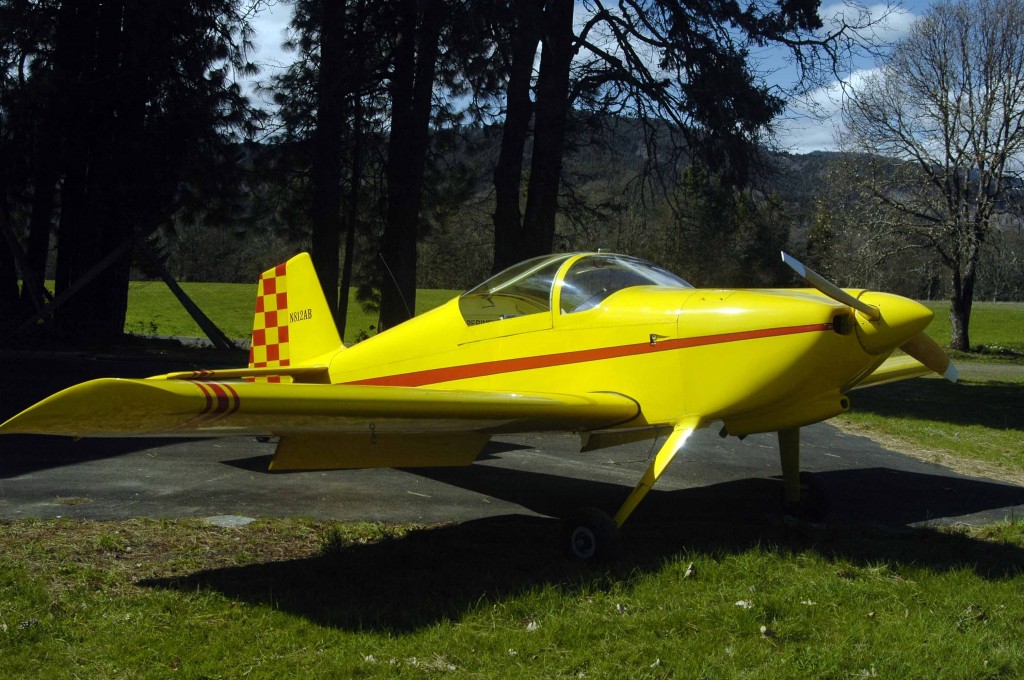 First of all, what is a Flight Advisor? The EAA, the FAA, the Society of Experimental Test Pilots, and other organizations have recognized that there is inherent risk in testing aircraft. In our country, we allow individuals to build aircraft for their own education, amusement, and amazement, and to ensure there are plenty of holes into which we grown ups can toss money.
First of all, what is a Flight Advisor? The EAA, the FAA, the Society of Experimental Test Pilots, and other organizations have recognized that there is inherent risk in testing aircraft. In our country, we allow individuals to build aircraft for their own education, amusement, and amazement, and to ensure there are plenty of holes into which we grown ups can toss money.
That being said, the FAA has a charter that says they must monitor aviation and ensure an “equivalent level of public safety.” In the free enterprise system there are insurance companies and there are lawyers, all needing to make a living. The Flight Advisor system was brought about by the EAA to help us pilots of experimental aircraft to not independently make all those folks wealthy.
Okay, seriously, flying an airplane, in spite of the ads of the 70’s, is not something a monkey can do. There is a difference between an airplane driver and a pilot. Airplane driving is a hand to eye coordination skill that places the aircraft in a specific place in space and time. A pilot is endowed with a brain that needs not only to be engaged, but trained. Much like your iPad, a brain is just a nice package that does little of significance until it has an application put into use. The pilot’s brain is the same, and there are many, many apps in order to become a pilot, and the more specialized that piloting becomes, the more apps (programming, or training) is needed. Hence the private pilot has a level of skill that will allow him or her to get from A to B, keep the airplane flying safely, and accommodate the requirements of airspace and traffic so all who fly and those over whom we fly can feel a level of safety. When we compare that to a crowd killer captain on a 747 the level of training and the reinforcement of that training to ensure a level of currency and competency is much more demanding.
At the pinnacle of that pilot skill hill is something called a test pilot. And the individual who just built an aircraft and endeavors to fly it for the first time has just been elevated to that exalted level. Unfortunately, the training required to be a test pilot is seldom acquired along the way. Hence, we have the highest risk environment of flight, with a relatively low competency level of understanding in the task. The job of the EAA Flight Advisor is to provide as much understanding to the prospective test pilot as possible to ensure the level of risk is minimized. Most of that risk mitigation comes in the guise of training and preparation. The highest risk by far is the first flight on any aircraft. The level of risk on the first flight is equivalent to the next year of flying that same aircraft. What we will attempt in this little corner of the website is to provide you with enough information to give you an insight in the skill levels required of the task, and the disciplines needed to get you through the process in one piece. And it will also allow you to establish the safe operating parameters and procedures for your new bird. Please feel free to add comment in terms of questions or experience that will help others. There are no dumb questions, just people too dumb to ask.

